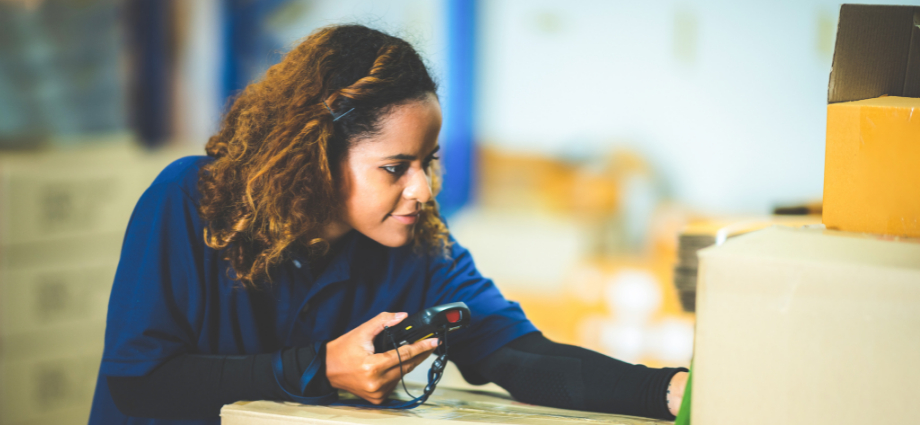(NC) When running a business, rules, regulations and guidelines seem to come with the package. Learning to navigate everything can be a challenge, but these requirements play an important part in ensuring the Canadian marketplace is safe, consistent and fair to everyone.
The Canadian Food Inspection Agency’s Safe Food for Canadians Regulations are a set of federal food safety rules that apply to many types of food businesses. These include licensing, preventive controls and plans, and traceability.
For food businesses, following these rules helps to keep the food system safe. Here are some of the ways to do that:
- Start by confirming which rules apply
In general, these regulations apply to all businesses that import or prepare food for export or interprovincial trade. They apply to all foods, including manufactured foods such as snacks, coffee, cereals, beverages and pastas.Requirements vary, but they typically include having a valid food safety licence, having preventive controls in place and keeping traceability records. - Have a valid food safety licence
Your licence application must include the activities you conduct, the location where they will occur, the types of food involved and a declaration that you have preventive controls in place for food safety.Businesses importing food or beverages into Canada must have a valid food safety licence. Without a valid licence, shipments may be denied entry into the country. - Create a preventive control plan
You may also need to have a preventive control plan written down. It outlines the measures you need to put in place to prevent contaminated food from entering the market. Most businesses are required to document how they identify and control food safety risks for the foods they handle. While some small businesses may not need a written plan, they must still have preventive controls in place. - Create a traceability plan, if applicable
In case of a food safety incident or recall, businesses must be able to trace the movement of a food product. As the food system has many steps, and a product may be processed and packaged in different places, keeping track of where it’s been and where it’s going is essential to quickly protect consumers if a problem occurs.
Preventive controls and traceability records are usually required even for food businesses that do not need a licence. For example, retailers need to keep records of receiving the food (tracing back where it came from), but do not need to trace the food forward to the consumer.
Depending on your product(s), where you are selling them and where you are located, your business may need to comply with various other federal, provincial and municipal requirements.
Find more information on these steps at inspection.canada.ca/safefood.
www.newscanada.com






